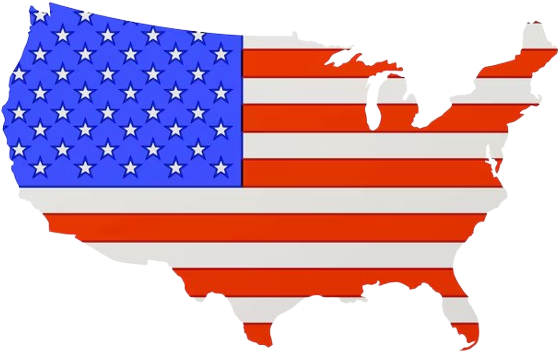Shipping industrial vacuum cleaners involves various methods, each with its own packaging requirements, cost implications, and considerations specific to powered equipment. This guide delves into these aspects to help businesses make informed decisions.
Packaging Requirements for Industrial Vacuum Cleaners
- Use sturdy pallets to ensure stability during transit.
- Wrap the vacuum cleaner in protective material like bubble wrap or foam to prevent scratches and damage.
- Secure loose parts (e.g., hoses, attachments) in separate boxes and label them clearly.
- Consider using custom crates for high-value or delicate models to provide extra protection.
- Ensure that the weight is evenly distributed on the pallet to avoid tipping during transport.
Proper packaging is crucial to prevent damage during transit. Here are some key requirements:
Cost Considerations for Shipping
When shipping industrial vacuum cleaners, understanding the cost implications of different shipping methods is essential. Below is a comparison of truckload, partial truckload, and less-than-truckload (LTL) services:
| Shipping Method | Cost Considerations | Weight Range | Trailer Space |
|---|---|---|---|
| Truckload (TL) | Best for large shipments; offers the lowest cost per unit when shipping full loads. Ideal for businesses that regularly ship large quantities. | Up to 45,000 Lbs | Full/Dedicated |
| Partial Truckload (PTL) | Cost-effective for medium-sized shipments; generally more expensive than TL but cheaper than LTL. Suitable for businesses with fluctuating shipment sizes. | Up to 30,000 Lbs | Up to 32 feet |
| Less-Than-Truckload (LTL) | Most flexible option; costs based on weight and dimensions. Ideal for smaller shipments but can be more expensive per unit than TL or PTL. | Up to 10,000 Lbs | Up to 12 feet |
Shipping costs can vary significantly based on several factors:
Unique Considerations for Transporting Powered Equipment
- Ensure that all electrical components are properly secured and protected.
- Check for any fluid leaks and address them before shipping to prevent hazards.
- Provide clear operational instructions for the handling and setup of the vacuum cleaner upon arrival.
- Be aware of weight restrictions and equipment requirements for loading and unloading powered equipment.
- Consider the need for specialized handling or transportation equipment to move heavy or bulky vacuum cleaners.
Transporting powered equipment like industrial vacuum cleaners requires additional precautions:
Best Practices for Shipping Industrial Vacuum Cleaners
- Always conduct a pre-shipment inspection to document the condition of the vacuum cleaner.
- Train staff on proper handling procedures to minimize the risk of damage during loading and unloading.
- Choose a reputable freight carrier experienced in handling industrial equipment.
- Consider using tracking services to monitor the shipment's progress and ensure timely delivery.
- Review carrier policies regarding claims for damaged goods and understand the process for filing a claim if necessary.
Implementing best practices can further safeguard your investment:
Conclusion
Shipping industrial vacuum cleaners requires careful planning and consideration of various factors, including packaging, costs, and the unique challenges of transporting powered equipment. By following the guidelines outlined in this article, businesses can ensure that their vacuum cleaners arrive safely and in optimal condition.
Personalized Assistance
Get a quote today, call 877-345-3838, or email support@freightsidekick.com











